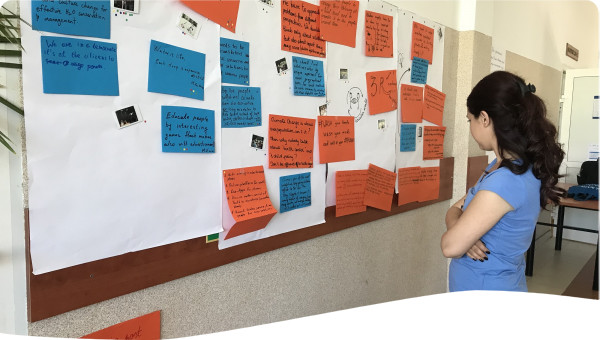Impact assessment has been in place for over 40 years and is now practised in some form in all but two of the world's nations. In this paper we reflect on the state of the art of impact assessment theory and practice, focusing on six well-established forms: EIA, SEA, policy assessment, SIA, HIA and sustainability assessment. We note that although the fundamentals of impact assessment have their roots in the US National Environmental Policy Act 1969 (NEPA) each branch of the field is distinct in also drawing on other theoretical and conceptual bases that in turn shape the prevailing discourse in each case, generating increasing degrees of specialisation within each sub-field. Against this backdrop, we consider the strengths and weaknesses of collective impact assessment practice, concluding that although there are substantial strengths, the plethora of specialist branches is generating a somewhat confusing picture and lack of clarity regarding how the pieces of the impact assessment jigsaw puzzle fit together. We use this review to suggest an overarching research agenda that will enable impact assessment to evolve in line with changing expectations for what it should deliver.
Description / Abstract
Publication year
Publisher
Thematic Tagging
English
 Resource -
Resource -
